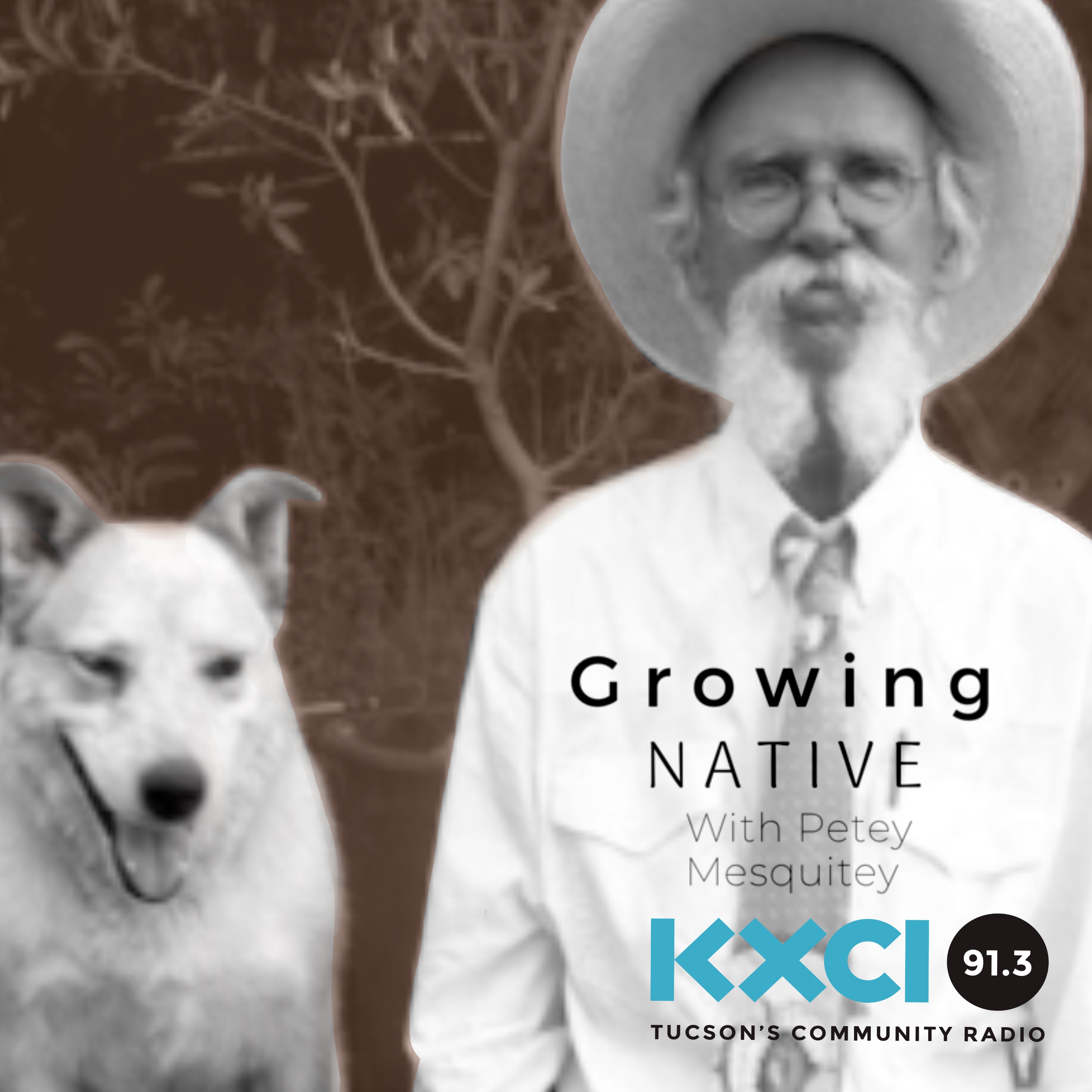Capsicum annuum var. glabriusculum is thought to be the mother all chiles, because so many cultivars of peppers have come from this wild rascal. Around you and me it can be found in southern Arizona and down into Sonora. My Arizona Flora lists them “on a west slope of the Baboquivari Mountains”, but the best known population around us is in the Tumacacori Mountains in a Wild Chile Botanical area… a 2,500 acre chile preserve. Yay!
The botanical name Capsicum comes from a Greek word meaning “to bite”, annuum means annual, which it isn’t, and the variety glabriusculum means it is really hairless. We’re talking smooth as a baby’s bottom! It’s a reference to the lack of pubescence. I miss the old variety name of aviculare which means “of the birds”. They are attracted to the red fruit and not bothered by the intense heat, they help spread seed while enjoying the fruit. Thank you, birds.
I mentioned briefly that folks say chiltepin seed are hard to germinate (BTW, when talking to growers you’ll hear them use the word “germ”…lazy jargon for germinate). Patience and warm soil have always worked for me to germ chiltepin. No tricks.

There are so many books on chiles and I’m sure I first read about the “mother of all chiles” in Gathering the Desert by Gary Nabhan, but if you are a real chile enthusiast…long word for nerd…You gotta find Jean Andrews’ PEPPERS, The Domesticated Capsicums. A beautiful book on the history of chiles AND amazing art by the author. I’m sure it’s out of print, but worth the search.

The photos are mine of chiltepins that I grow in containers and in the garden. You can see the fruit is not round, not oblong, but ellipsoidal. Hotcha!

Happy Holidays! I have a bunch of photos from Christmas tree hunts and most of them are 35 mm slides. These few here were...

The etymology of the word mistletoe is all over the place and has been traced to Old English, Middle English, Anglo Saxon and old...

Douglas fir (Pseudotsuga menziesii) is found from central California, up through the Pacific Northwest, throughout the Rockies (variety glauca) and southward down into our...